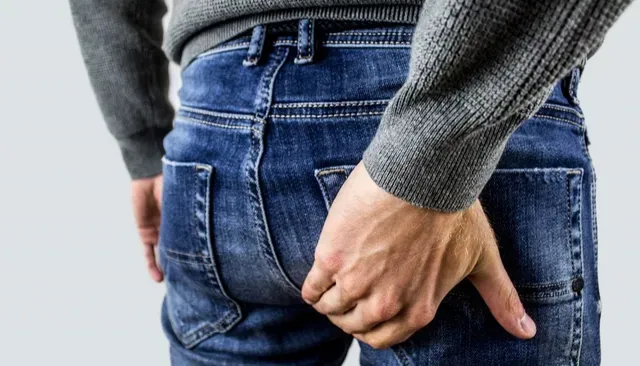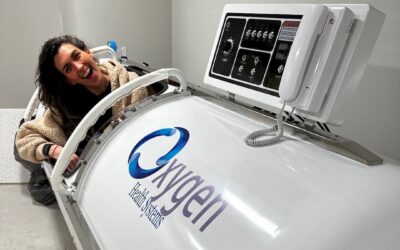Multiple news sources last week reported on a physical phenomenon labeled as a “dormant butt syndrome”. This is a condition where postural muscles become deconditioned from too much sitting and cause problems in the lower back, knees, and hips.
Although it sounds like it is something that has been newly discovered, medical, sports fitness, and rehabilitation professionals have recognized this problem over a decade ago and have been addressing it through a variety of strength-building exercises. In the course of my medical career, I became aware of this issue 13 years ago when I started to study and understand the consequence of sitting on the body. Based on this experience I would like to offer this description of the syndrome and provide some practical solutions to prevent it.
“Dormant butt syndrome” refers to the weakening of the buttock muscles that occurs during sitting. The issue at its most basic is that our bodies were never built for the amount of sitting that our modern environment demands. The human body developed through evolution to be an efficient hunting and gathering machine. We are built for walking and running for miles with the purpose of foraging for plant food, chasing down prey, or running away from predators.
The muscles that support us rely on motion for maintenance of strength and conditioning of the leg and core muscles and the process starts when the foot comes in contact with the ground. This force of the weight of the body is transmitted through the feet, and the ground responds in kind, transmitting an equal force back through the feet to the bigger muscles of the legs, pelvis, and back. The force that is transmitted from the ground up is called a ground reaction force.
An overwhelming presence of electronics in the home and workplace has placed us in sedentary positions where this communication with the ground does not happen. The feet lose their essential role in stimulating the legs and core to support the body weight. As a result, our bodies slump.
The weight of the upper body can now bear down, and the pressure builds in the discs and joints of the spine. This creates wear and tear on the spine that can lead to disc injuries and spine joint osteoarthritis.
Without the ground reaction force to keep our muscles active, core muscles, buttock muscles, and muscles of the legs become deconditioned and weak. These weakened muscles cannot provide enough support to the joints of the back, hips, and knees. This lack of support leads to overuse of the joints and ultimately to stiffness and pain.
The good news is that we can prevent the problems of the “dormant butt syndrome”.
The solution consists of two parts, postural alignment, and exercise.
In regards to proper posture, it is crucial that the feet are touching the ground and are actively pressing into it to create the stimulus to the muscles of the legs and core that typically happens during standing. The back needs to be supported by the back of the chair or lumbar support to prevent the slump that otherwise occurs as muscles fatigue.
Even with these adjustments, the body still needs to be given a break from sitting. Frequent alternating between sitting and standing with the help of a hi-lo desk or a hi-lo desktop computer station has been shown to be the best way to avoid the weakening of the muscles and the build-up of pressure in the spine.
Exercise is also a critical part of the solution and can reverse many of the issues that sitting creates. The catch is that it must be done correctly and frequently. Seated back and leg machines should be avoided because they place even more pressure on the back and confuse the muscles of the legs. The exercises that use body resistance, focus on total body movements, and are either done standing or prone (face down), are the most effective.
Early morning exercise should not include bending, twisting, or heavy weight lifting as the spine discs contain the highest amount of pressure then and are most susceptible to injury. In conclusion, even though the demands of our modern lives glue our butts to our seats, we don’t have to take it sitting down!
A few simple postural adjustments and a solid, well-thought-out exercise routine can spare us the dreaded dormant butt. OWM’s specialized yoga and fitness classes provide guided training to prevent posture-related issues and maintain optimal fitness.




